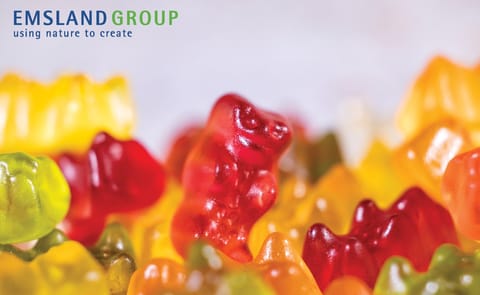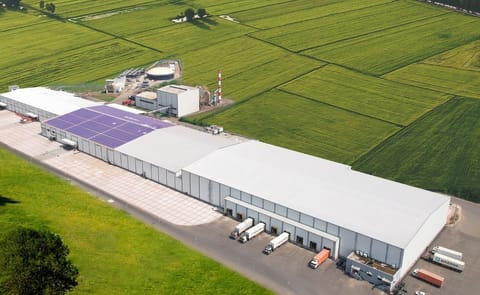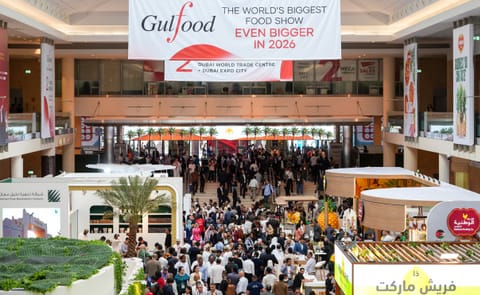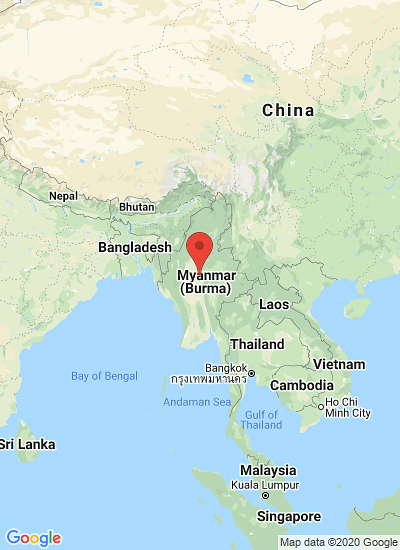Agricultural specialists from the Netherlands are helping potato farmers in Shan State, Myanmar. But not everyone is on board.
(Courtesy: Aung Nyein Chan / Myanmar Now)
Solapas principales
Dutch agronomists help farmers in Myanmar boost their potato yield
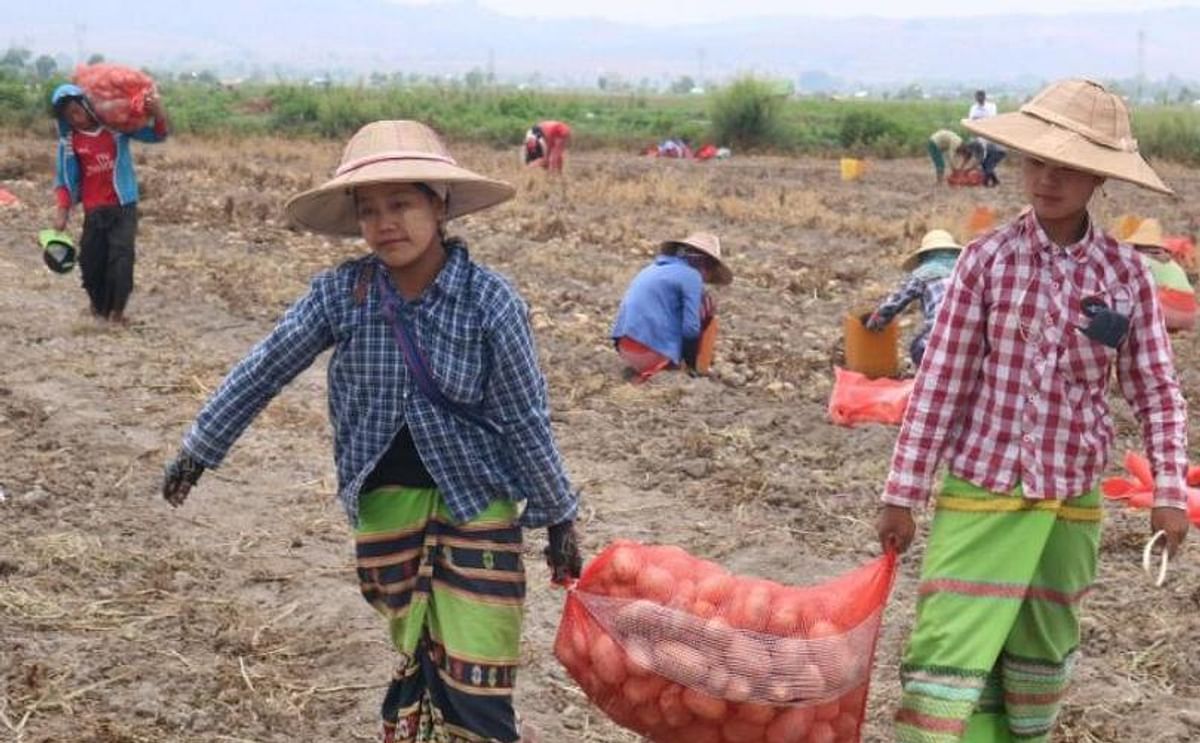
On a hot day this month, farmers and workers in the wide expanse of fields outside southern Shan State’s Heho Township, Myanmar, could be seen harvesting potatoes
Most of the farmers use outdated methods of planting without high-yield seeds, a process that normally involves clustering the potatoes and not leaving enough space between them.
As a result, both quality and quantity suffer.
Htay Saung, a local farmer, said the yield has dropped since 1980, when it declined “due to poor quality seeds.”
Zaw Lwin, the deputy officer of Heho Township’s Agricultural Department, estimates the present potato yield to be about 5,000 viss per acre, but farmers say they should be able to produce more. One viss is equal to 3.6 pounds.
New methods adopted
But that could change with help from abroad.
Specialists from the Netherlands are helping local farmers with training on land development, systematic seeding, and proper storage. The Dutch agriculturalists have also introduced the new potato species.
A Dutch enterprise agency began helping farmers in 2014, and a Dutch potato consortium assisted from 2012 to 2015. More than 300 farmers from Hopong and Heho townships have attended training courses through the organizations.
The payoff could be sizeable. Shan State is one of the biggest potato-growing regions in the country. According to official statistics, there are more than 90,000 acres of potato fields in Myanmar. More than half are in Shan State in the southern part.
Aung Than Kyaw, who cultivates his own fields and is the chairman of the Potato Farmers Association, said he benefitted from the training.
Aung Than Kyaw:
“I now understand how to choose appropriate potato seeds.”
“And systematic seed methods could reduce the production costs.”
However, the number of farmers who use the new methods has been smaller than expected.
Khun San Oo, the Secretary of the Potato Farmers Association in Naung Ta Yar, explained the differences in approach.
Khun San Oo:
“In the traditional method, the distance between each row of potato plants is around 18 to 20 inches, while in the modern technique it is around 20 to 30 inches, saving more seeds but allowing for more potato yield.”
He prefers the new way and has been trying to spread the information to other potato farmers in the area.
Required reform
Ma Phyu prefers the old way.
Ma Phyu:
“Potato cultivation is our traditional business. And we never attended the modern training courses.”
“This is not because we don’t like their method, but we prefer our own method.”
Htay Saung from Heho also said although he has not attended, even though he was invited. He was too busy working.
Htay Saung:
“We were invited to the training courses, but many farmers could not spare time for the courses.”
The local potato variety has been used more than 20 years in this area, and its yield has gradually declined, said Nyi Nyi Aung, who is in charge of the Heho Hybrid Garden under the town’s Agricultural Department.
That’s why officials and farmer associations are promoting the modern cultivation techniques over nearly 2,000 acres of potato fields in Heho, while 30 farmers are already using them in Naung Ta Yar.
Zaw Lin, a deputy officer at the Heho Township Agricultural Department, suggested that relevant departments and organizations could help the farmers find more markets for their produce.
Zaw Lwin:
“The lives of farmers will surely improve if they change to use modern cultivation techniques and high-yield seeds.”




